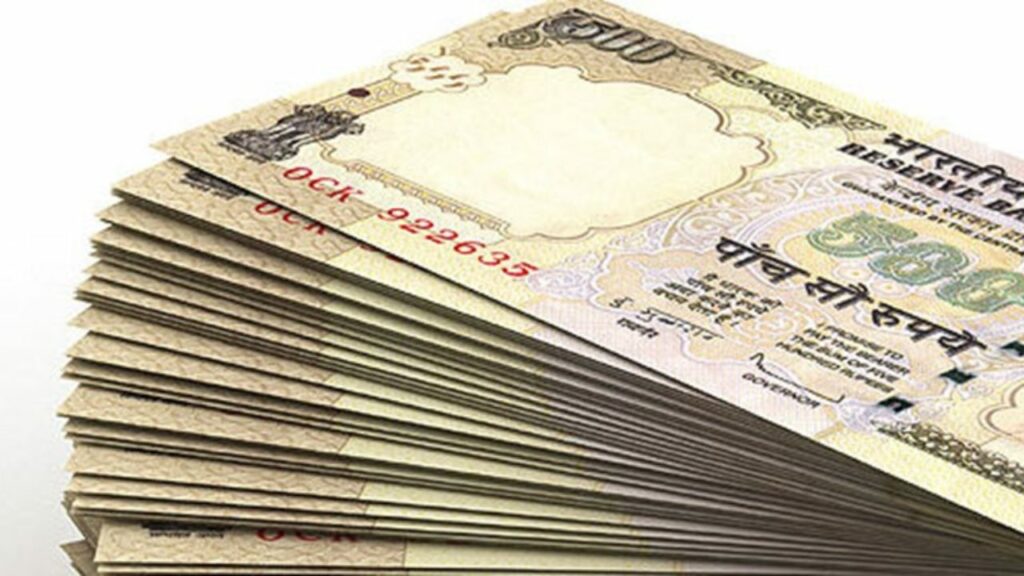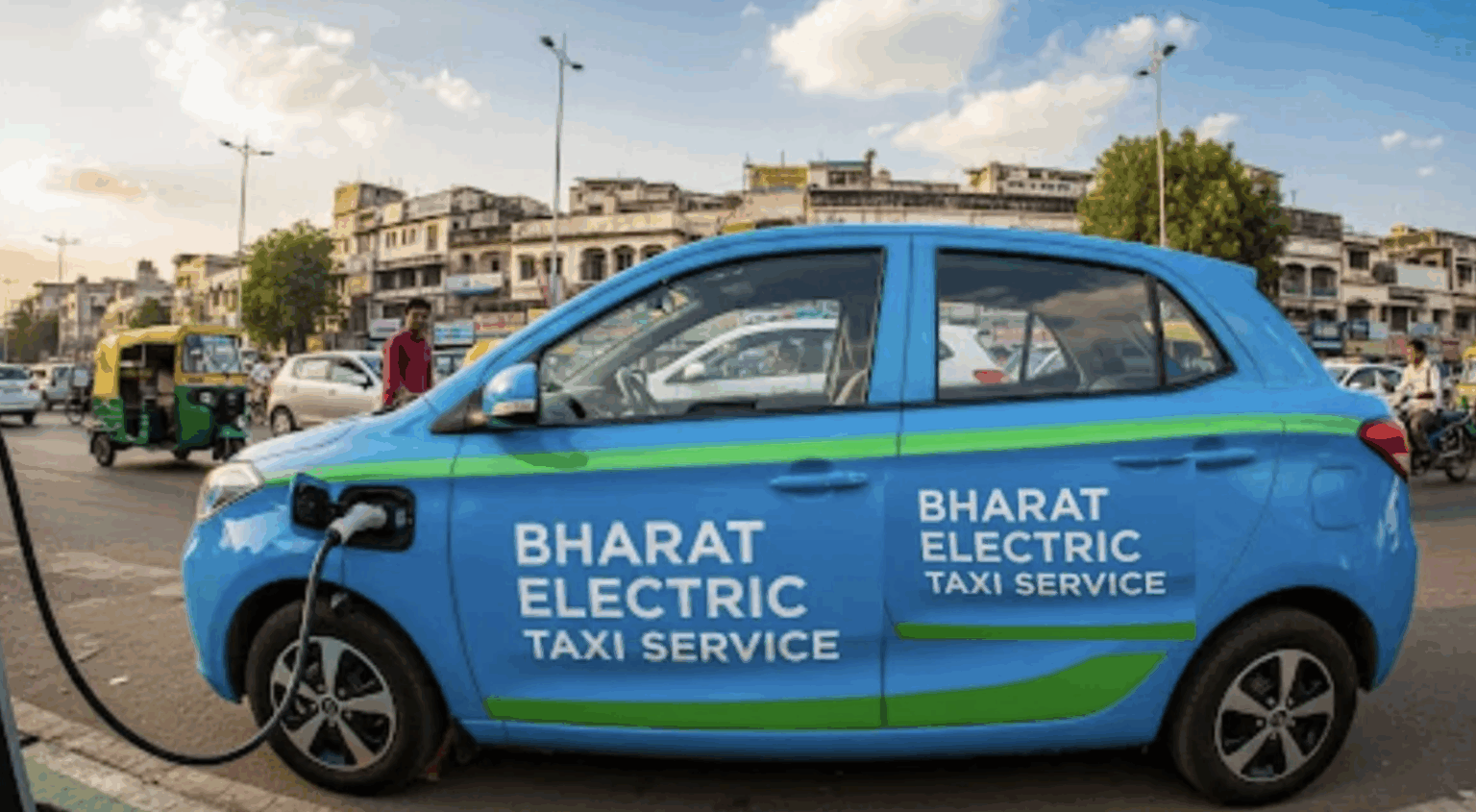In 2021–22, India received USD 89,127 million in foreign remittances, which was a record-high amount for a single year, Union Minister of State for Finance Pankaj Chaudhary reported to Parliament on Tuesday. This was stated by Pankaj Chaudhary in a written response to a Rajya Sabha question.

Top five major countries from where India receives such payments:
According to the minister, who cited RBI data, remittances peaked in 2017–18 at USD 69,129 million and have been increasing ever since. However, according to the Minister, country-specific data on remittances are not compiled.
However, the minister provided information on the top sending nations of money to India. The top five countries from which India receives such payments are the US, the UAE, the UK, Singapore, and Saudi Arabia.
Further, the minister said that the value of the Indian rupee is determined by the market, and that the RBI closely monitors the foreign exchange markets and only intervenes to maintain orderly market conditions by containing excessive volatility in the exchange rate, without reference to any pre-determined target level or band.
Sovereign Green Bonds
The Parliament was informed on Monday that Sovereign Green Bonds (SGBs), totaling Rs 16,000 crore, are proposed to be issued in the current fiscal year in order to raise funds for green infrastructure projects.
In a written reply to the Lok Sabha, Minister of State for Finance Pankaj Chaudhary stated that the first tranche of the SGBs had already raised Rs 8,000 crore.
In order to finance investments in solar, wind, and hydro projects as well as other initiatives that lessen the effects of carbon emissions, India may begin selling sovereign green bonds for the second year on April 1.
According to the Minister, these bonds will be issued in accordance with the November 9, 2022, Framework for Sovereign Green Bonds.
The funds raised by the issuance of sovereign green bonds are included in the government’s overall market borrowings for the fiscal years 2022–2023. According to the minister, the funds will be used for public projects that lower the economy’s carbon intensity.












